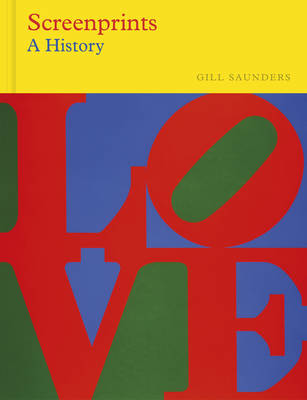
- Retrait gratuit dans votre magasin Club
- 7.000.000 titres dans notre catalogue
- Payer en toute sécurité
- Toujours un magasin près de chez vous
- Retrait gratuit dans votre magasin Club
- 7.000.0000 titres dans notre catalogue
- Payer en toute sécurité
- Toujours un magasin près de chez vous
Description
Screenprints: A History, the first title in the V&A's new series on the history and practice of printmaking, is a celebration of the fine-art applications of this versatile medium, from the commercial origins of the screenprinting process in 1920s America, its pivotal role in 1960s pop and op art among artists such as Andy Warhol and Bridget Riley, through to its adoption by the YBAs in the 1990s, and its enduring presence today.
The origins of the screenprinting process are introduced through early artistic precursors, such as the stencil and pochoir printing in the making of Henri Matisse's Jazz, and other artists' books. Screenprinting became one of the most important techniques in the rise of artists' limited-edition, fine-art prints from the 1960s onward, seen here in the work of notable figures such as Roy Lichtenstein, Eduardo Paolozzi, and Damien Hirst. Special focus is given to lesser-known names who pioneered the use of the screenprint in fine art in the UK, the US, and Europe, including Francis Carr and Ben Shahn, while also tracing its global spread. The medium has further lent itself to spontaneous graphic protest, notably in the Atelier Populaire posters made in Paris in 1968, featured here and embodying screenprinting's unique qualities, rich colors, and graphic impact.
An illustrated, step-by-step guide to the practical process further enriches this multifaceted account, which will appeal to art lovers and practicing artists everywhere.
Spécifications
Parties prenantes
- Auteur(s) :
- Editeur:
Contenu
- Nombre de pages :
- 272
- Langue:
- Anglais
- Collection :
Caractéristiques
- EAN:
- 9780500481011
- Date de parution :
- 20-05-25
- Format:
- Livre relié
- Format numérique:
- Genaaid
- Dimensions :
- 211 mm x 269 mm
- Poids :
- 1263 g

Les avis
Nous publions uniquement les avis qui respectent les conditions requises. Consultez nos conditions pour les avis.






